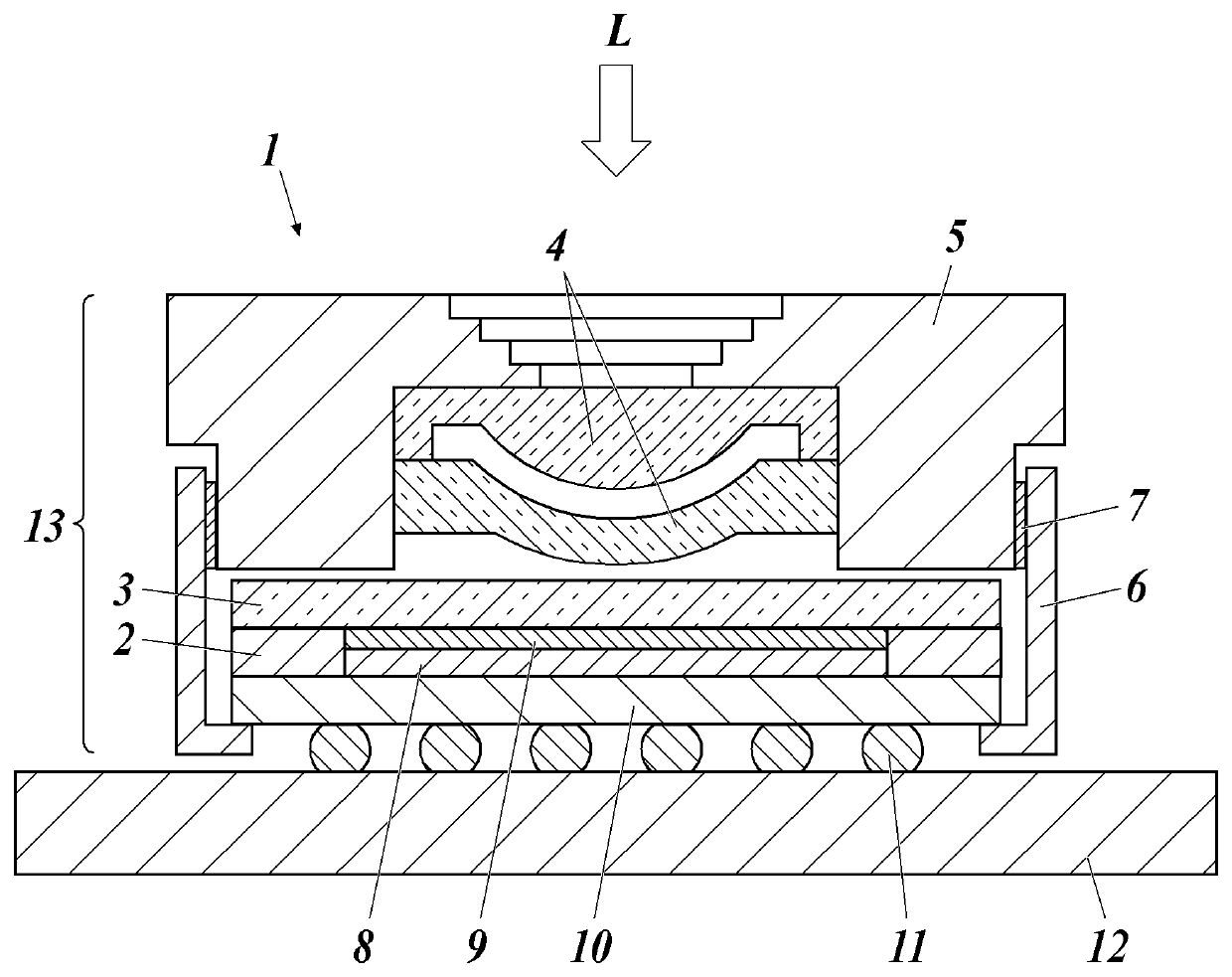Near-infrared absorbing composition, near-infrared absorbing film, and image sensor for solid-state imaging element
a technology of near-infrared absorbing film and image sensor, which is applied in the direction of radiation controlled devices, other chemical processes, instruments, etc., can solve the problems of insufficient dispersion stability of copper complexes in water-containing systems, aggregation of copper complexes, and insufficient dispersion of copper complexes, so as to improve dispersion stability and high absorbance index , good dispersion of metal complex
- Summary
- Abstract
- Description
- Claims
- Application Information
AI Technical Summary
Benefits of technology
Problems solved by technology
Method used
Image
Examples
example 1
[0279]Preparation of Near-Infrared Absorbing Composition
[0280]Preparation of Near-Infrared Absorbing Composition 1
[0281]A near-infrared absorbing composition 1 was prepared according to the following method.
[0282]Copper acetate (16.54 g) and 661.46 g of tetrahydrofuran (abbreviated as THF) as the solvent thereof were mixed. The copper acetate was dissolved using an ultrasonic irradiator. The solution was filtrated to remove residual copper acetate. A copper acetate solution (678 g) was thus obtained.
[0283]Then, to 678 g of the copper acetate solution, a solution of 43.86 g of Exemplary Compound 1 of the present invention in 80.0 g of THF was added over 30 minutes while stirring the solution. After the mixture solution was further stirred for 16 hours at room temperature, 238.97 g of toluene was added, and THF as the solvent was evaporated in the environment of 55° C. to 90° C. over 3 hours until the solid content became 10 mass %. The near-infrared absorbing composition 1 (251.0 g) ...
example 2
[0356]Quantitative Determination of Acetic Acid
[0357]Each of the near-infrared absorbing compositions 1 to 27 prepared in Example 1 was added to toluene and ultrapure water and stirred for 10 minutes. Thereafter, the aqueous layer was collected by centrifugation and filtrated with a 0.45 μm filter. Thereafter, acetic ions were detected with a capillary electrophoretic device (CAPI-3300, Otsuka Electronics Co., Ltd.), and the content (mole) thereof was determined using a calibration curve.
[0358]Then, the content (mol %) of acetic acid with respect to the metal (mole) in the near-infrared absorbing compositions, which was separately measured (by IPC emission spectrometric analysis), was determined. It was confirmed that the acetic acid content was within the range of 1 mol % to 100 mol % in all of the near-infrared absorbing compositions 1 to 27.
[0359]Measurement Example
[0360]An example of the results of measuring acetic acid content by the above-described method is shown below.
[0361]...
example 3
[0363]Near-infrared absorbing compositions 19-a, 19-b and 19-c were prepared from the near-infrared absorbing composition 19 prepared in Example 1 by distilling away the solvent so that the solid concentration became respectively 20 mass %, 30 mass % and 35 mass %. The outer appearance of the prepared samples was visually observed. The near-infrared absorbing compositions 19-a and 19-b were smooth liquid. In contrast, thixotropic nature and an increase of the viscosity was observed in the near-infrared absorbing composition 19-c.
PUM
| Property | Measurement | Unit |
|---|---|---|
| particle size | aaaaa | aaaaa |
| wavelength range | aaaaa | aaaaa |
| temperature | aaaaa | aaaaa |
Abstract
Description
Claims
Application Information
 Login to View More
Login to View More - R&D
- Intellectual Property
- Life Sciences
- Materials
- Tech Scout
- Unparalleled Data Quality
- Higher Quality Content
- 60% Fewer Hallucinations
Browse by: Latest US Patents, China's latest patents, Technical Efficacy Thesaurus, Application Domain, Technology Topic, Popular Technical Reports.
© 2025 PatSnap. All rights reserved.Legal|Privacy policy|Modern Slavery Act Transparency Statement|Sitemap|About US| Contact US: help@patsnap.com



